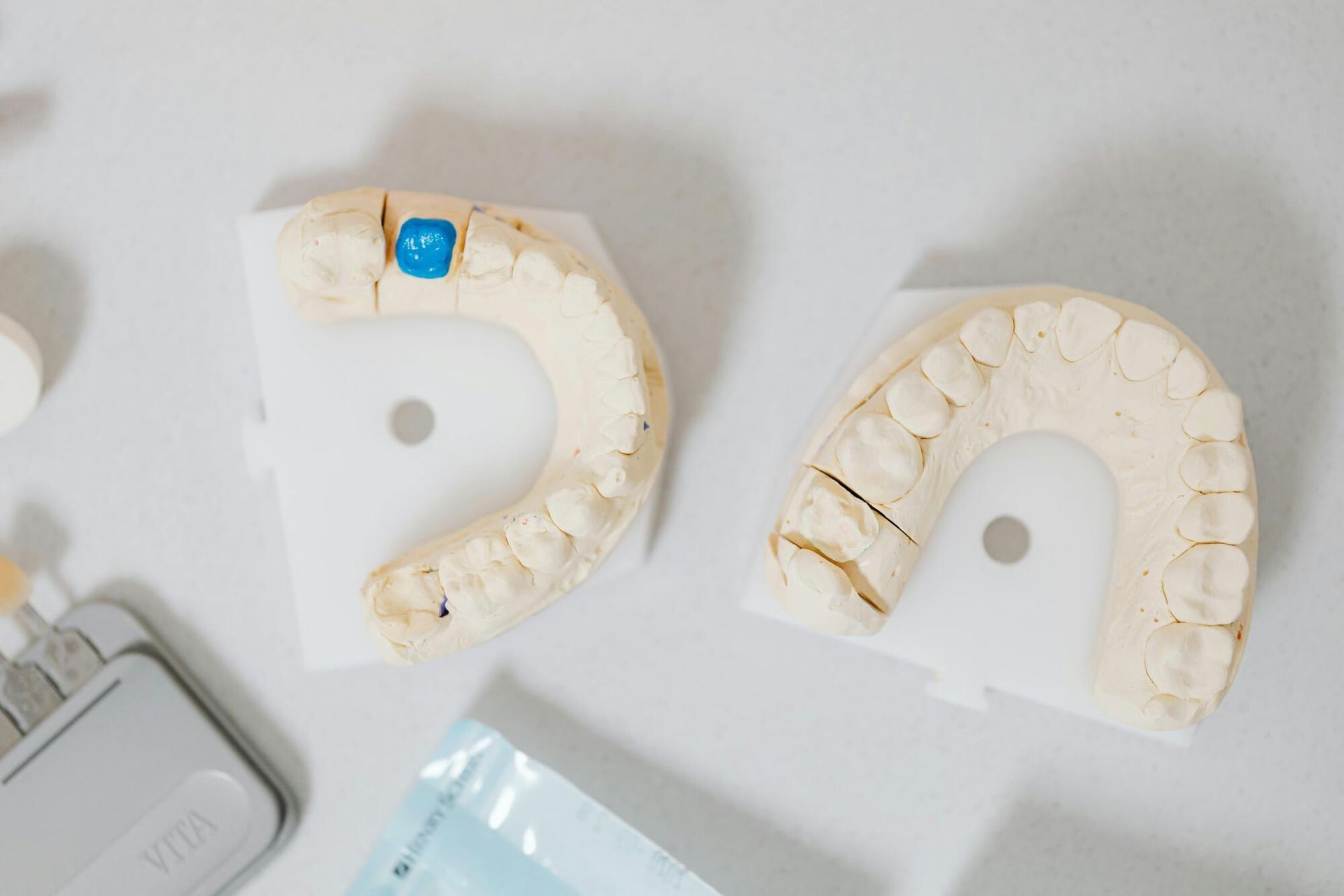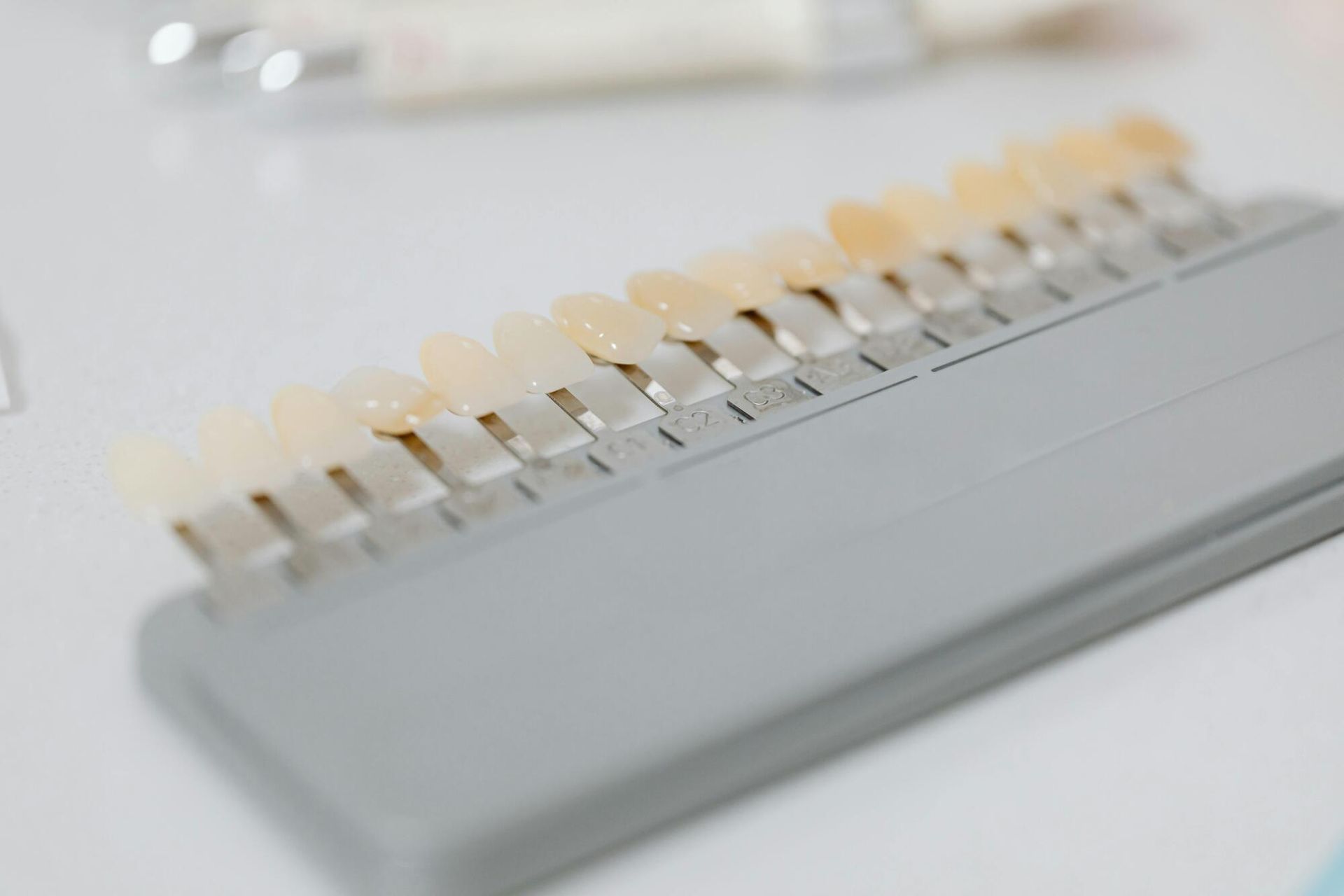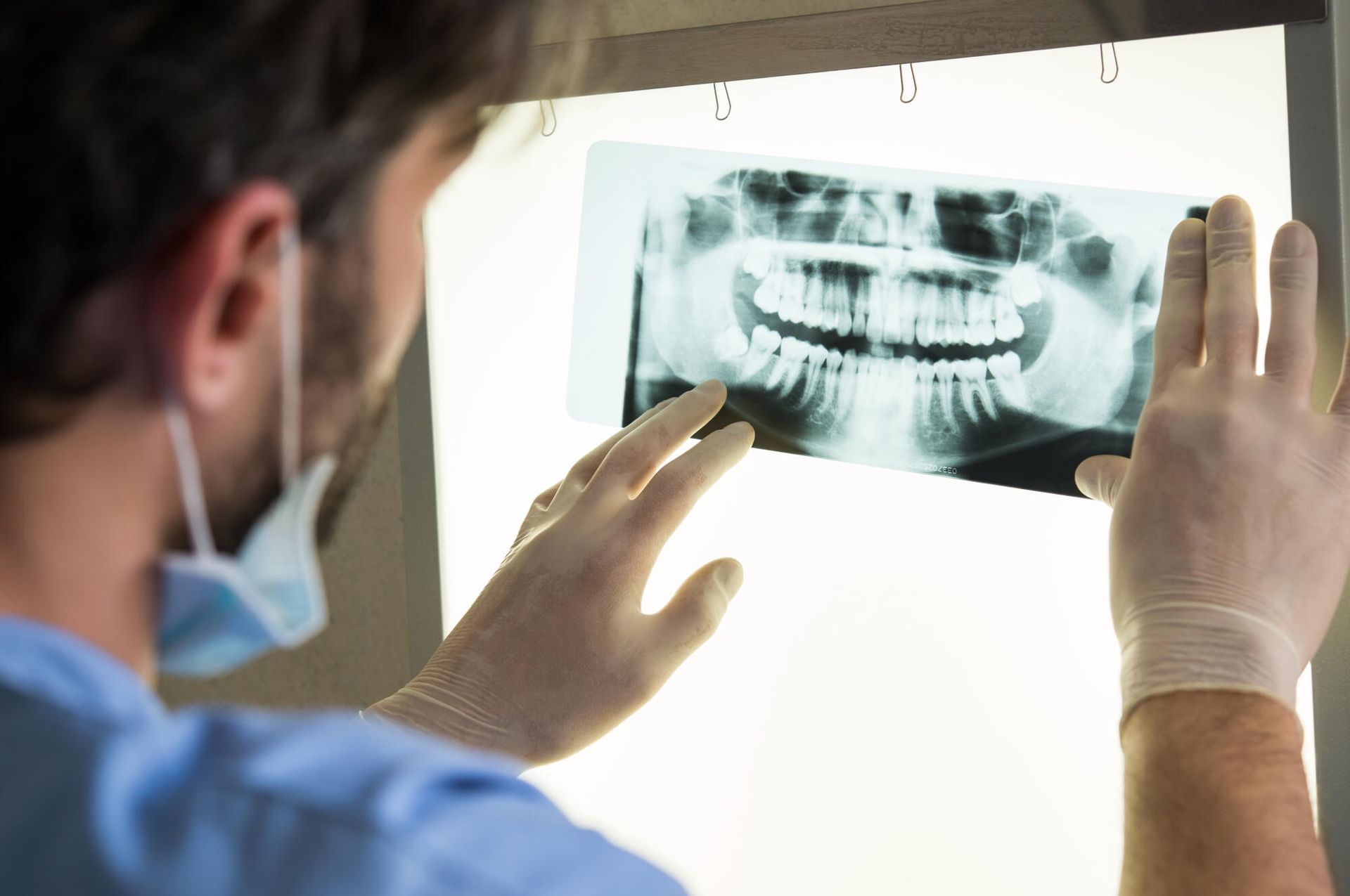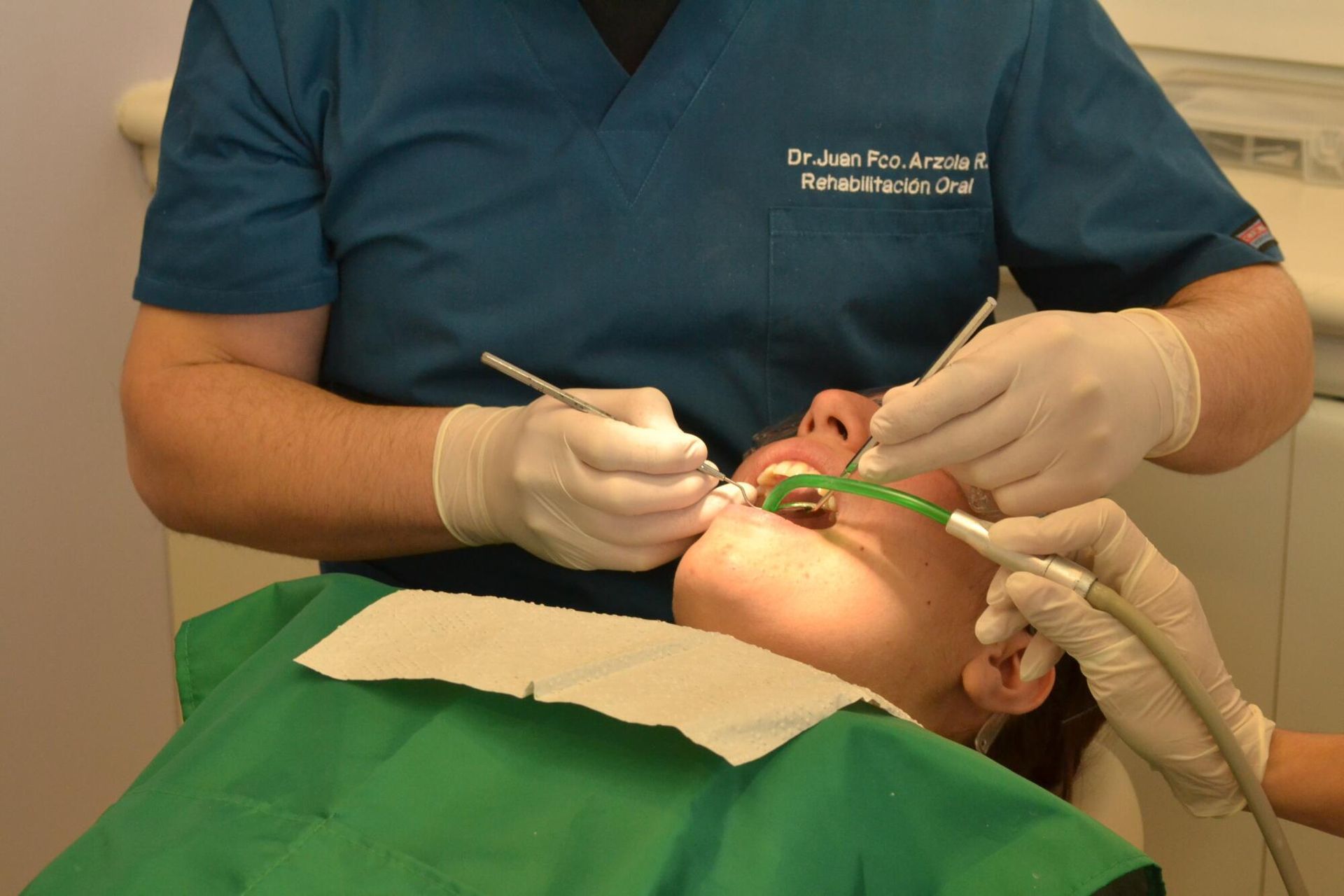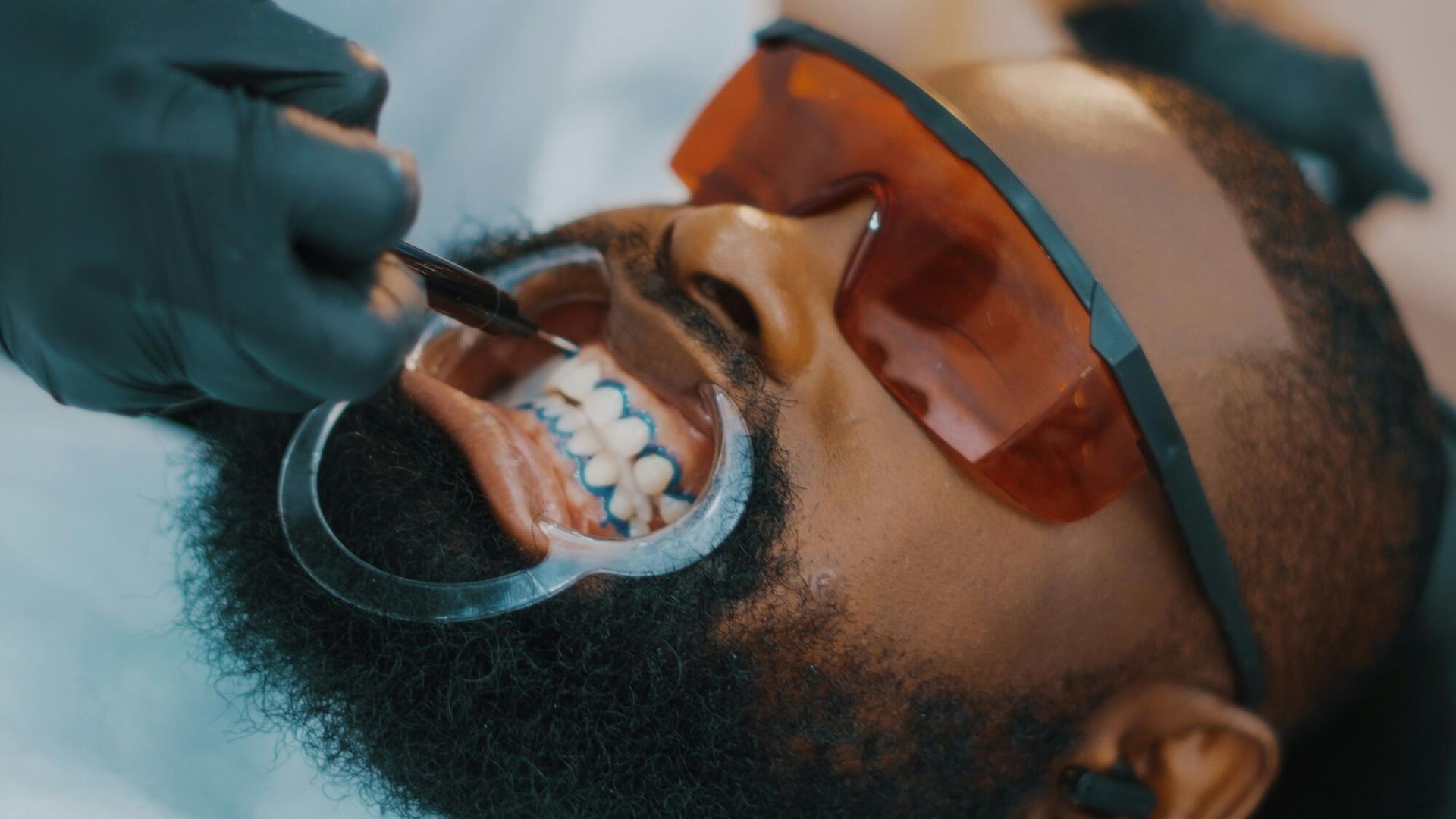Understanding the Benefits of Dental Sealants for Your Child
Your child's oral health is a critical part of their overall well-being. You want to do everything you can to protect their teeth for future generations. Dental sealants add a protective barrier to the surface of your child's teeth to protect them from cavity-causing bacteria.
Many parents are not aware of dental sealant's effectiveness and why this protection should be part of your child's oral health routine. When looking at dental sealants' pros and cons, you and your child's dentist can help you decide if this treatment is the right choice.
Here are some incredible benefits of dental sealants.
Protect Against Cavities
Most parents prioritize protecting their child's teeth. It is essential to consult your child's dentist and explore preventative dental care options. Dental sealants are a popular method for protecting children's teeth from decay.
The process involves applying a thin sealant or coating to the chewing surfaces of the teeth, particularly the molars. The molars are more susceptible to decay due to their rough surfaces that can trap bacteria and food particles.
The sealant provides a protective shield that prevents decay-causing bacteria from settling into the crevices of the teeth. This reduces the risk of your child developing cavities.
Quick and Painless Process
Getting dental sealants is a simple process. Your child's teeth will be professionally cleaned to prepare for the application. A mild solution, similar to vinegar or lemon juice, will be applied to help the sealant adhere.
Once the teeth are prepared, your child's dentist will apply an acrylic sealant. The sealant fills in any grooves, pits, or depressions on the teeth. This substance hardens for one to two minutes to seal the teeth and protect them against harmful cavity-causing bacteria. For most people, dental sealant side effects are minimal to none.
Long-Lasting Effects
Dental sealant application during childhood can help protect teeth throughout the cavity-prone years. Dental sealants typically last for several years. The coating lasts longer if your child maintains good oral health practices such as daily brushing and flossing.
Be sure to take your child for regular dental cleanings and checkups. Your child's dentist will monitor the dental sealant and repair or reapply as needed.
Cost-Effective Solution
Anything you can do to protect your child's teeth from cavities is a cost-saving solution. Proper brushing, flossing, and routine dental cleanings are all ways to safeguard your child's oral health for the future.
Dental sealants for children offer another layer of protection and are more cost-effective than fillings or other dental restorations. Most dental insurance providers cover dental sealant applications. The benefits of preventing painful cavities and costly dental work make dental sealants an affordable preventative treatment for children.
Prevention is key when considering the rising costs of healthcare and dental care. Dental sealants are a cost-effective solution and a wise investment in your child's oral health.
Suitable for Young Children
Dental sealants are often recommended for young children. Your child's dentist will recommend the number of teeth to be sealed. This depends on your child's unique needs and the potential for dental cavities. Dentists typically recommend dental sealants soon after the first permanent tooth erupts.
Children around age six whose permanent molars are noticeable benefit most from dental sealants. The pros usually outweigh any cons of getting dental sealants. Some disadvantages of dental sealants include:
- They do not last forever
- They are not suitable for teeth with fillings or decay
- Some dental insurance plans may not cover dental sealants
- There is a small risk of an allergic reaction
Can Be Applied at Any Age
Many people think that dental sealants are just for children. Although children are the typical candidates for sealants, anyone can benefit from this preventative dental treatment.
Older adults' permanent teeth often have tiny grooves and indentations on the surface. Applying a dental sealant to these areas can help prevent weakened or fragile teeth from further damage. When considering sealants vs fillings, sealants offer protection to avoid unnecessary tooth decay.
Reduce Deep Grooves
Molars typically have grooves and depressions on their surface, making the back teeth challenging to reach and clean. This is especially true for young children trying to brush by themselves. Even with proper brushing, reaching these areas of your molars can be challenging.
These spots are prime targets for plaque and tartar buildup. Deep grooves make it easier for bacteria to adhere to the teeth, resulting in dental decay. Dental sealants protect vulnerable areas of the teeth and can help prevent future cavities and more costly dental procedures.
A Companion to Good Oral Hygiene
Dental sealants can be a valuable part of your child's solid dental health routine. However, sealants should not be used as a substitute for good dental care or healthy eating habits. While these types of sealants provide protection for your child's teeth, it is critical to remember the value of brushing and flossing each day.
Take your child to a dentist at least twice yearly for a professional dental cleaning and checkup. This helps ensure your child's teeth remain strong and healthy as your child grows.
If your child is a good candidate for dental sealants, talk to their dentist at your next visit. They can help determine if dental sealants are the best choice for your child's dental needs.
Dental Sealants Pros and Cons
After evaluating dental sealants' pros and cons, you will see they are an excellent choice for protecting your child's teeth. Sealants are a positive preventative measure, along with good oral health habits, healthy eating, and routine dental visits.
If you are looking for a dentist for yourself or your family, Heather E. Martinson, DDS, has provided excellent dental care services in Arlington, TX, for the past 25 years. With Dr. Martinson, you will benefit from her comprehensive approach to dentistry and her many years of personalized care for her patients.
If you need dental care or a second opinion, schedule an appointment with Dr. Martinson today.
Dr. Heather E. Martinson
